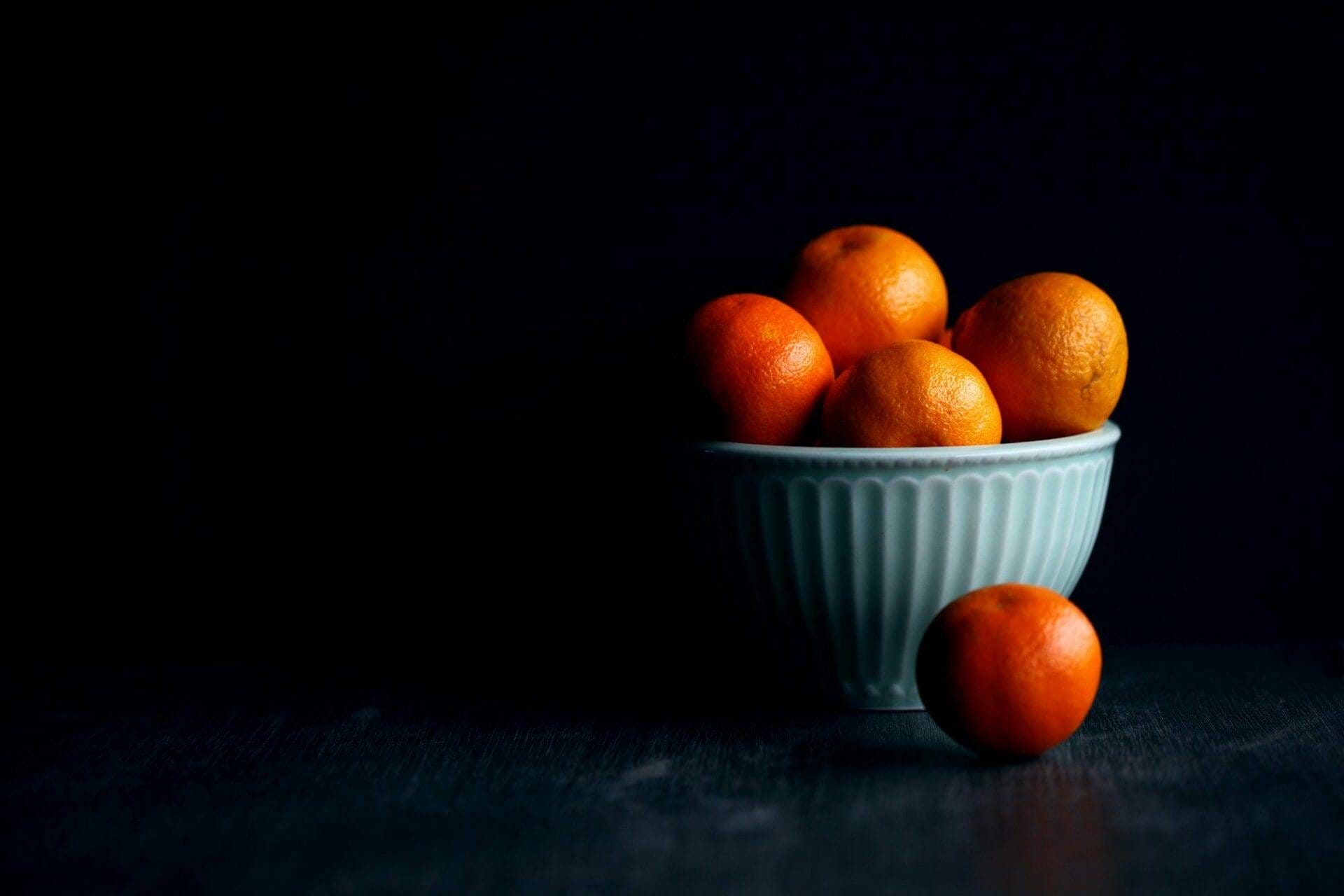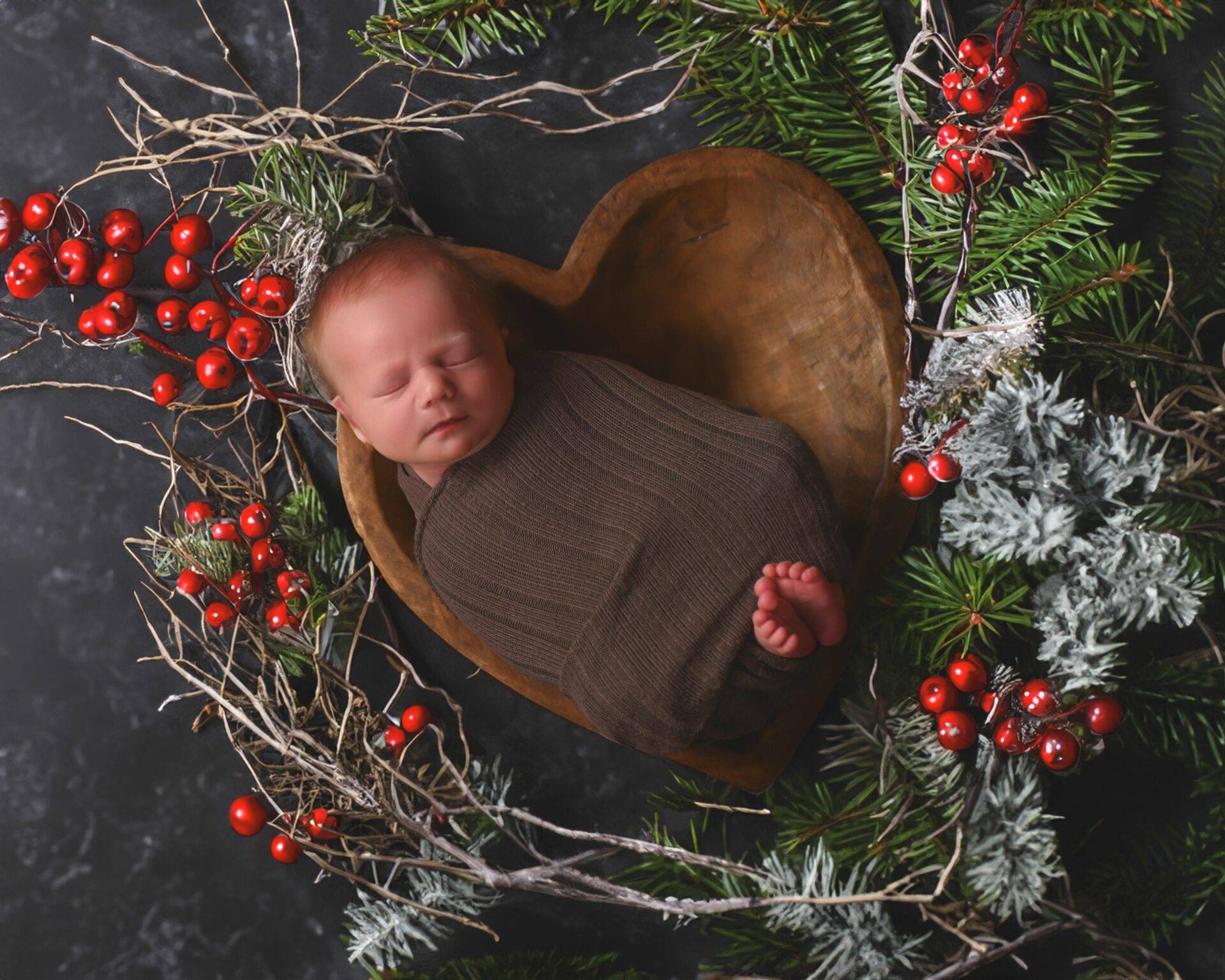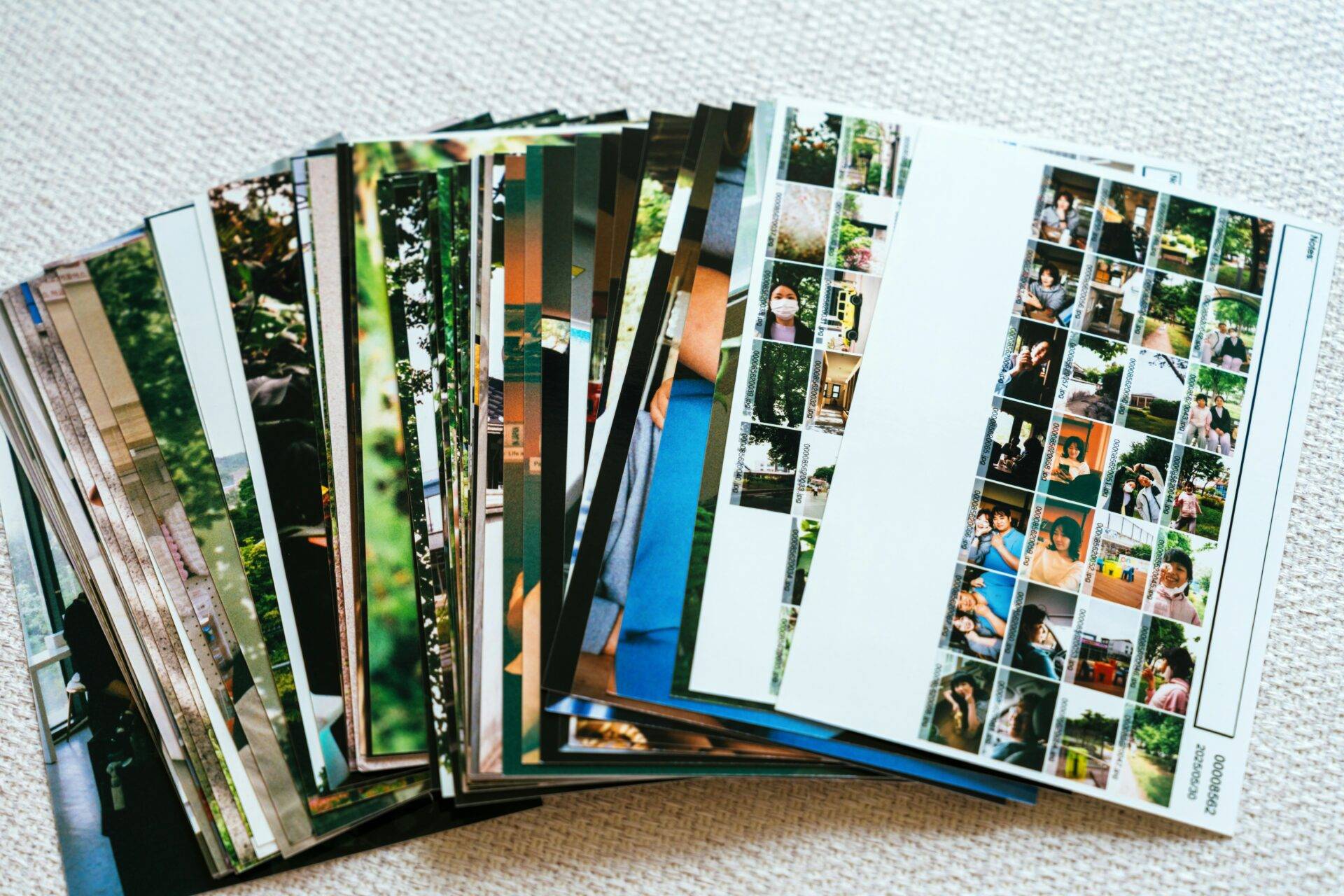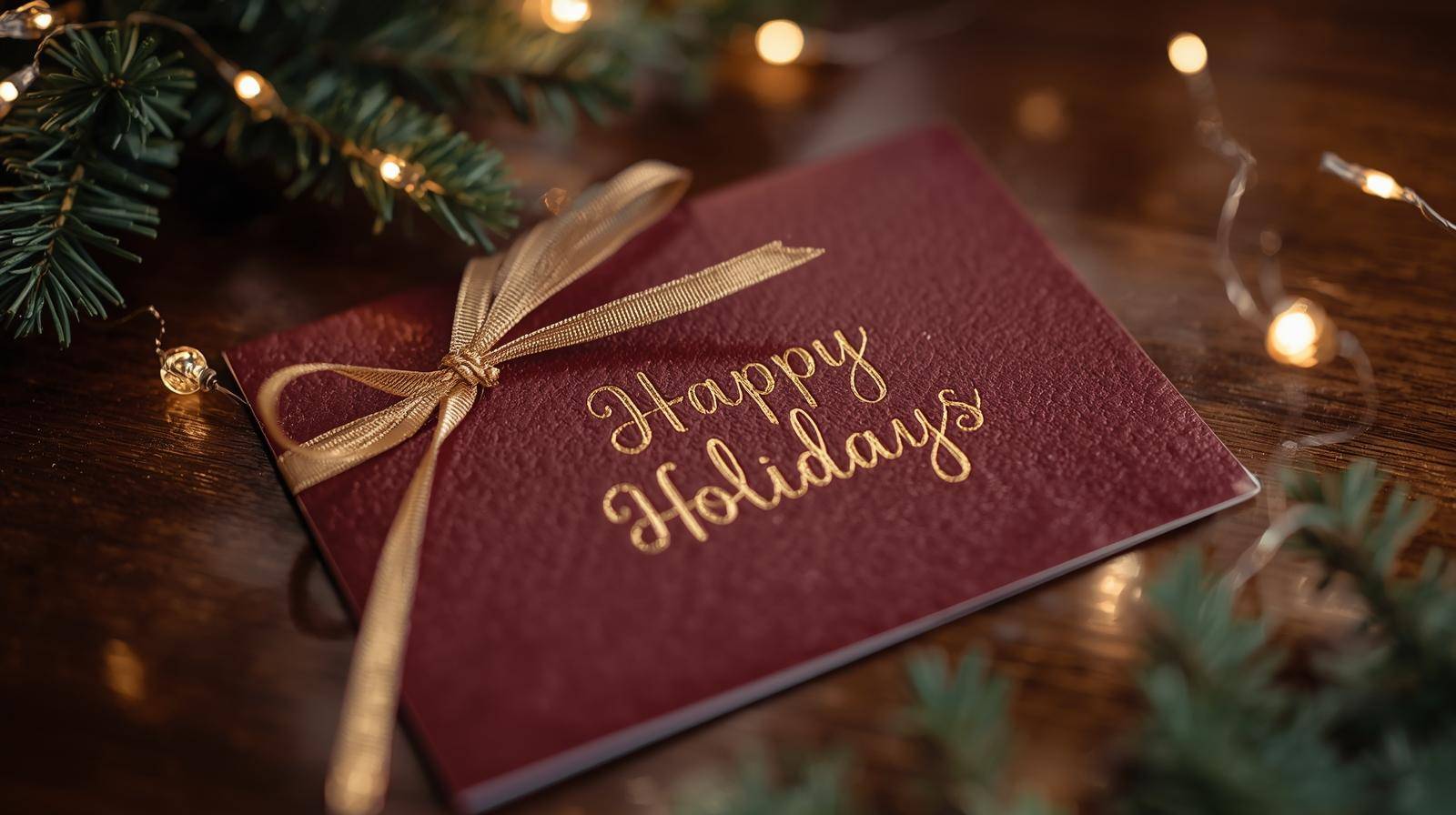Hello, passionate photographers! Today, we delve into the captivating world of low light photography. Whether you're capturing the quiet streets of a Minnesota town after dusk, the vibrant aura of a festival at night, or the intimate moments of an indoor event, mastering low light photography is an essential skill for any photographer. It's a journey that teaches you to see and capture the world in a way few can.
The Mystique of Low Light Photography
Low light photography presents an exquisite challenge: capturing the beauty in the darkness. It's about seeing the unseen, translating minimal light into breathtaking images. It's not just about taking pictures; it's about narrating a story through your lens.
The Challenges and Their Rewards
The challenge in low light photography lies in harnessing limited light to create images that are clear, sharp, and free of unwanted blur or noise. The reward? Ethereal, atmospheric images that evoke emotions and tell tales of mystery, romance, and wonder.
Mastering the Exposure Triangle in Low Light
The exposure triangle – aperture, shutter speed, and ISO – is your toolkit in the world of low light photography. Understanding and manipulating these elements is key to creating stunning images under challenging lighting conditions.
Aperture: The Window to Light
In low light, a wide aperture (a lower f-number) is your best tool. It allows more light to enter the lens, capturing the nuances of your scene. Imagine photographing a quiet forest in Minnesota at dusk. A wide aperture will help you capture the last rays of the sun filtering through the trees, creating a magical scene.
Shutter Speed: Capturing the Essence
Shutter speed is the duration your camera's sensor is exposed to light. In low light, longer exposures can capture more light but risk motion blur. A tripod is essential here, allowing you to experiment with longer exposures to create stunning effects, like turning a waterfall into a silky ribbon under the moonlight.
ISO: The Sensor's Response to Light
ISO measures your camera's sensitivity to light. Higher ISO settings brighten your images in low light conditions but can introduce noise. It's about finding the sweet spot – high enough to illuminate your scene but not so high that it compromises image quality. Capturing nocturnal wildlife, for instance, may require a higher ISO to make the most of the limited light.
Essential Gear for Low Light Photography
Tripods: Your Steady Companion
A tripod is invaluable in low light photography. It compensates for the slower shutter speeds needed in such conditions, preventing camera shake and ensuring sharper images. For long exposure shots like capturing the serene beauty of a starlit Minnesota lake, a sturdy tripod is your best ally.
Fast Lenses: Light Maximizers
Fast lenses have wide maximum apertures, crucial for letting in more light. They are particularly useful in indoor or night photography. A lens like a 24mm f/1.4, for example, is ideal for capturing wide-angle shots of night landscapes or cityscapes.
Remote Shutter Releases: The Precision Tool
Remote shutter releases let you take photos without physically touching the camera, eliminating any potential movement. This tool is especially useful for capturing crystal-clear night skies or city lights, where even the slightest camera shake can blur the details.
Real-World Low Light Scenarios
Nightscapes: Revealing the Unseen
Night landscapes offer a peaceful beauty distinct from their daytime counterparts. Capturing the Milky Way over a tranquil lake in Minnesota, for example, requires a combination of a wide aperture, slow shutter speed, and careful ISO adjustment. A tripod and remote shutter release are essential for capturing every star.
Indoor Events: Overcoming Dim Lighting
Indoor events often have challenging lighting. A fast lens is vital to capture clear, well-exposed images of dynamic moments, like dancers at a wedding reception. Balancing ISO and aperture in these situations is key to maintaining image quality.
Urban Night Photography: Capturing the City's Pulse
Nighttime urban photography is about capturing the energy and mood of city life under artificial lighting. Fast, wide-aperture prime lenses are ideal for quickly adapting to varying lighting conditions, from the bright neon signs of a bar to the dim glow of street lamps.
Advanced Techniques for Low Light Enthusiasts
Long Exposure Mastery: Crafting Art with Time
Long exposure photography in low light creates surreal, captivating images. It involves using slow shutter speeds to capture the movement of light, turning ordinary scenes into extraordinary ones. Capturing the rush of city traffic at night, for instance, can transform car headlights into flowing rivers of light.
Creative Light Painting: The Art of Illumination
Light painting involves using a moving light source in front of the camera during a long exposure shot. This technique allows for immense creative expression – from drawing figures with light to creating abstract patterns against a dark backdrop.
Exposure Bracketing and Blending: Achieving Balance
Exposure bracketing is taking multiple shots of the same scene at different exposures and blending them in post-processing. This technique is crucial in high-contrast scenes, like a sunset over a city, ensuring both the bright sky and the darker land are correctly exposed.
Conclusion: Illuminating Your Photographic Path
Mastering low light photography is an enriching journey that enhances your creative expression and technical skills. It's about embracing the darkness and using it to create compelling, emotive imagery. Through practice, patience, and exploration, you'll develop a unique perspective that sets your work apart.
Taking Your Skills Further: Online Classes and Mentoring
To help you on this journey, I offer online classes and in-person mentoring tailored to photographers aspiring to master various styles, including the nuanced art of low light photography. These sessions are designed to provide personalized guidance, hands-on experience, and deeper insights into the technical and creative aspects of photography.
Join me in these classes, and let's explore the fascinating world of low light photography together. Whether you're capturing the golden hour in Minnesota, a starry night sky, or the vibrancy of city life after dark, there's a story waiting to be told through your lens.
Stay tuned for more tips, insights, and guidance in your photography journey. Embrace the challenges, experiment with new techniques, and let your creativity shine, even in the darkest of settings. Happy shooting!
I'm here to guide and inspire you on your path to becoming a skilled photographer. Remember, every shot you take is a step forward in your journey. Let's capture the beauty of the world together, one photograph at a time. Join my classes and step into a world of endless photographic possibilities!




